The Renaissance, a cultural movement that emerged in Europe between the 14th and 17th centuries, marked a profound shift in art, science, philosophy, and society.
Known as the “rebirth” of classical ideals, the Renaissance revolutionized the way artists approached their craft, emphasizing realism, human emotion, and the use of perspective. This transformative era laid the groundwork for modern art, influencing artistic techniques, themes, and the artist’s role in society. Read on as we’ll explore how the Renaissance influenced modern art, examining its key innovations, themes, and legacy. We’ll also answer 15 frequently asked questions about the Renaissance’s impact on contemporary artistic practices.
Table of Contents
- The Renaissance: A Turning Point in Art History
- How the Renaissance Influenced Modern Art
- Key Renaissance Artists Who Influenced Modern Art
- Renaissance Techniques in Modern Art
- The Renaissance’s Influence on Art Movements
- 15 FAQs About How the Renaissance Influenced Modern Art
- Related Questions
The Renaissance: A Turning Point in Art History
What Was the Renaissance?
The Renaissance was a period of cultural revival that began in Italy during the 14th century and spread across Europe over the next few centuries. It was characterized by a renewed interest in classical antiquity, humanism, and the pursuit of knowledge.
Artists during the Renaissance broke away from the medieval traditions of religious iconography and flat, symbolic representations. Instead, they sought to capture the beauty and complexity of the human experience, producing works that were both lifelike and emotionally engaging, as well as intellectually stimulating.
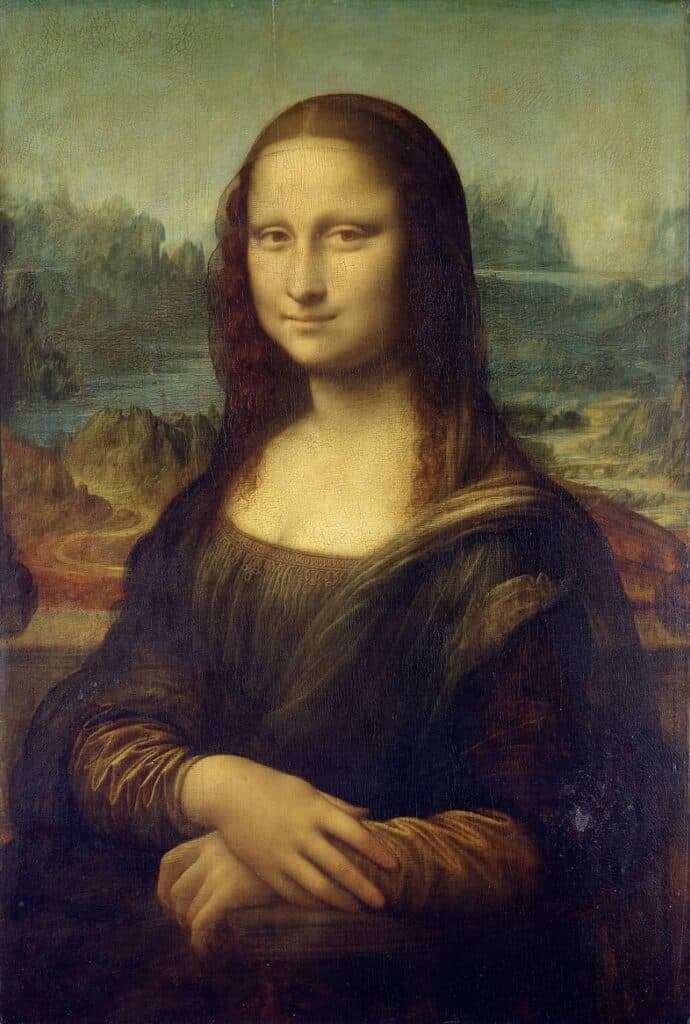
Key Innovations in Renaissance Art
- Perspective: Renaissance artists developed linear perspective, a technique that creates the illusion of depth and three-dimensionality. This innovation revolutionized the way space was depicted in art.
- Realism: Artists began to study anatomy and nature, striving to depict the human form and the natural world with accuracy and detail.
- Light and Shadow: The use of chiaroscuro (contrast between light and dark) added drama and realism to Renaissance paintings.
- Human Emotion: Renaissance art emphasized the emotional and psychological depth of its subjects, making them relatable and compelling.
- Secular Themes: While religious art remained important, Renaissance artists also explored secular themes, including mythology, portraiture, and everyday life.
How the Renaissance Influenced Modern Art
1. Realism and Representation
The Renaissance’s emphasis on realism and accurate representation continues to shape modern art. Artists today study anatomy, light, and perspective to create lifelike images, just as Renaissance masters did. This focus on realism paved the way for movements like Realism in the 19th century and hyperrealism in contemporary art.
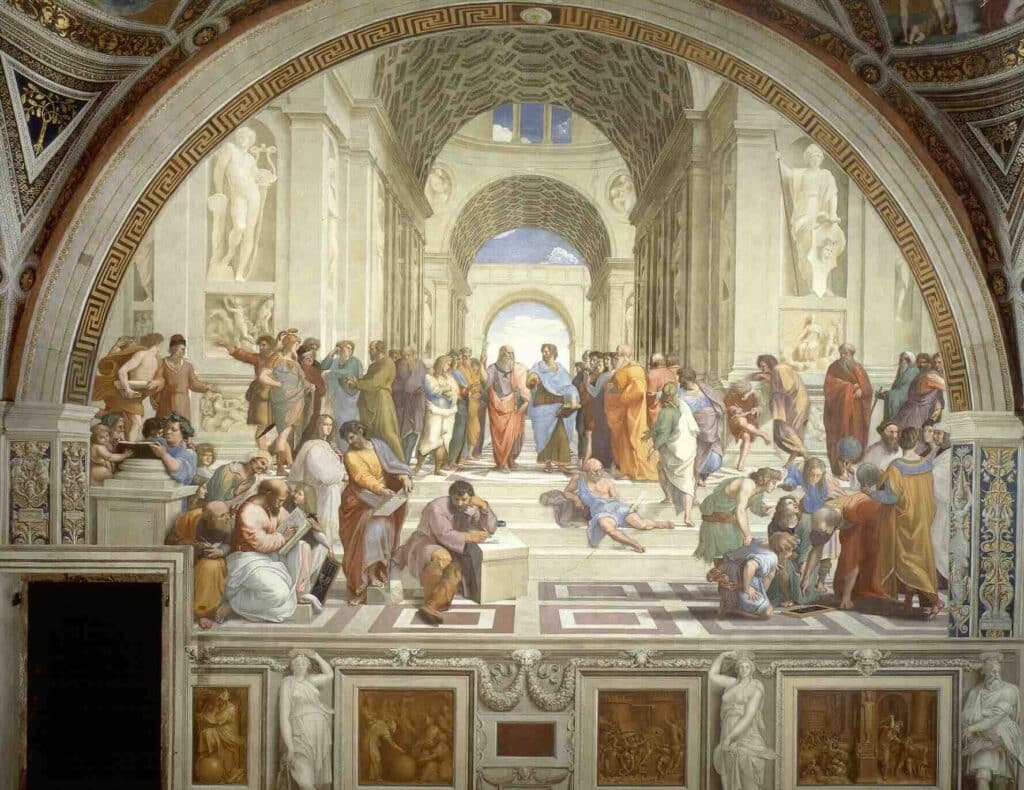
2. Perspective and Space
The development of linear perspective during the Renaissance transformed the way artists depict space. Modern artists use perspective to create depth and dimension in their works, whether they are painting landscapes, designing buildings, or creating digital art.
3. Human Emotion and Expression
Renaissance art’s focus on human emotion and psychological depth resonates in modern art. Many contemporary artists explore themes of identity, emotion, and human experience, building on the Renaissance tradition of portraying subjects as complex and relatable individuals.
4. Artistic Freedom and Individualism
The Renaissance elevated the status of the artist, emphasizing creativity, innovation, and individuality. Modern artists continue to embrace this legacy, pushing boundaries and exploring new forms of expression.
5. The Integration of Science and Art
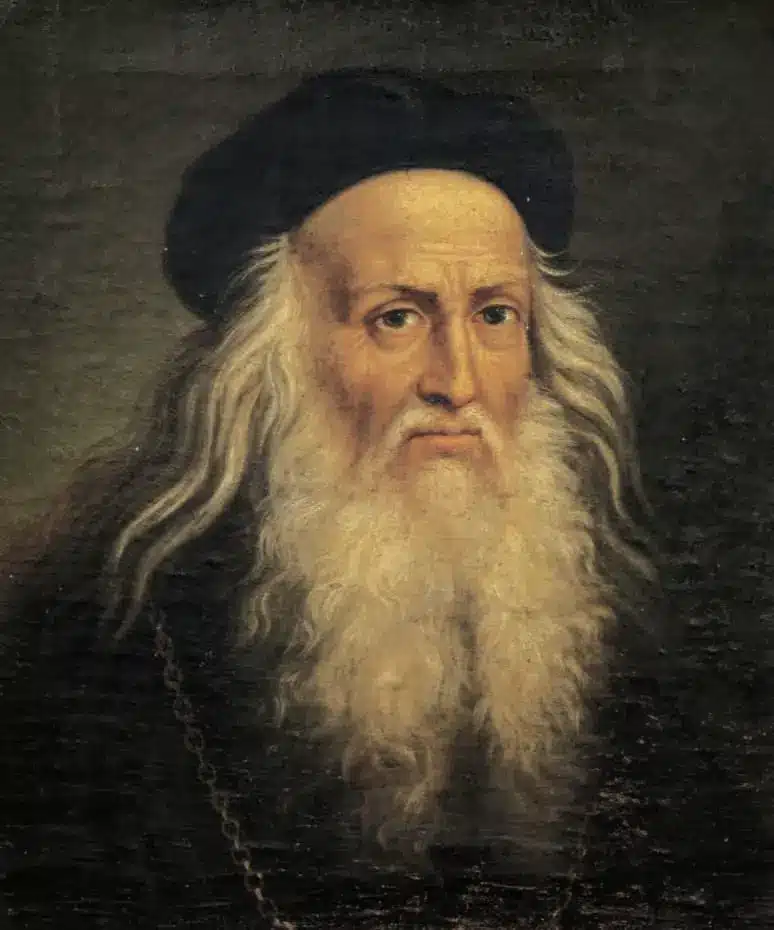
Renaissance artists, such as Leonardo da Vinci, combined scientific knowledge with artistic practice, studying anatomy, engineering, and natural phenomena. This interdisciplinary approach inspires modern art, particularly in fields like digital art, architecture, and bio-art.
6. Secular Themes and Storytelling
Renaissance art expanded beyond religious themes, incorporating mythology, history, and everyday life. Modern art continues this tradition, exploring diverse narratives and perspectives that reflect contemporary society.
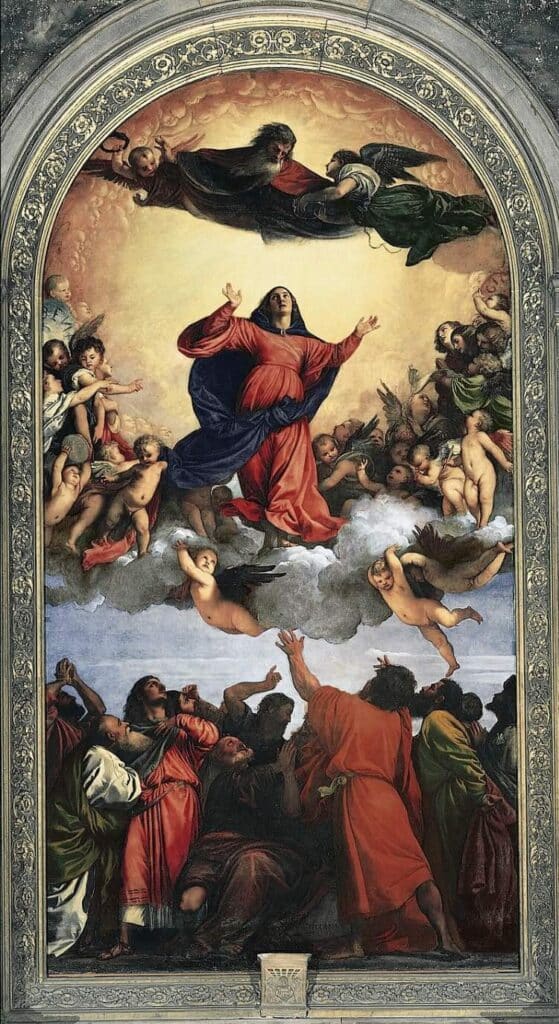
7. Patronage and the Role of Art in Society
The Renaissance witnessed the rise of patronage, as wealthy individuals and institutions commissioned artworks. This tradition persists in modern art, where patrons, collectors, and institutions play a significant role in supporting artists and shaping the art world.
Key Renaissance Artists Who Influenced Modern Art
1. Leonardo da Vinci
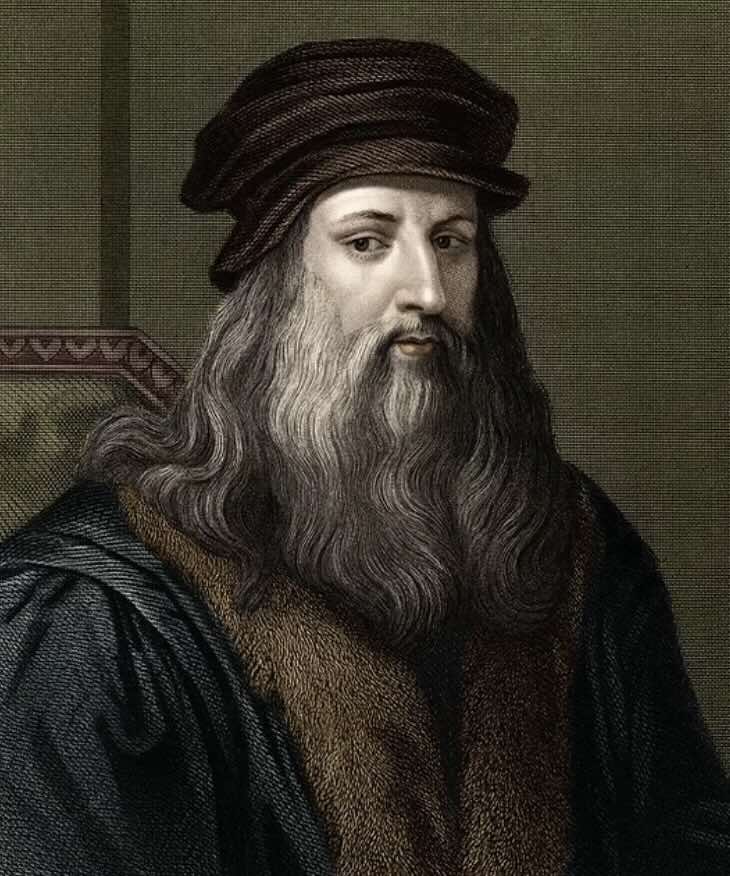
Leonardo’s mastery of anatomy, perspective, and emotion set a standard for artistic excellence. His interdisciplinary approach inspires modern artists to combine art, science, and technology.
2. Michelangelo
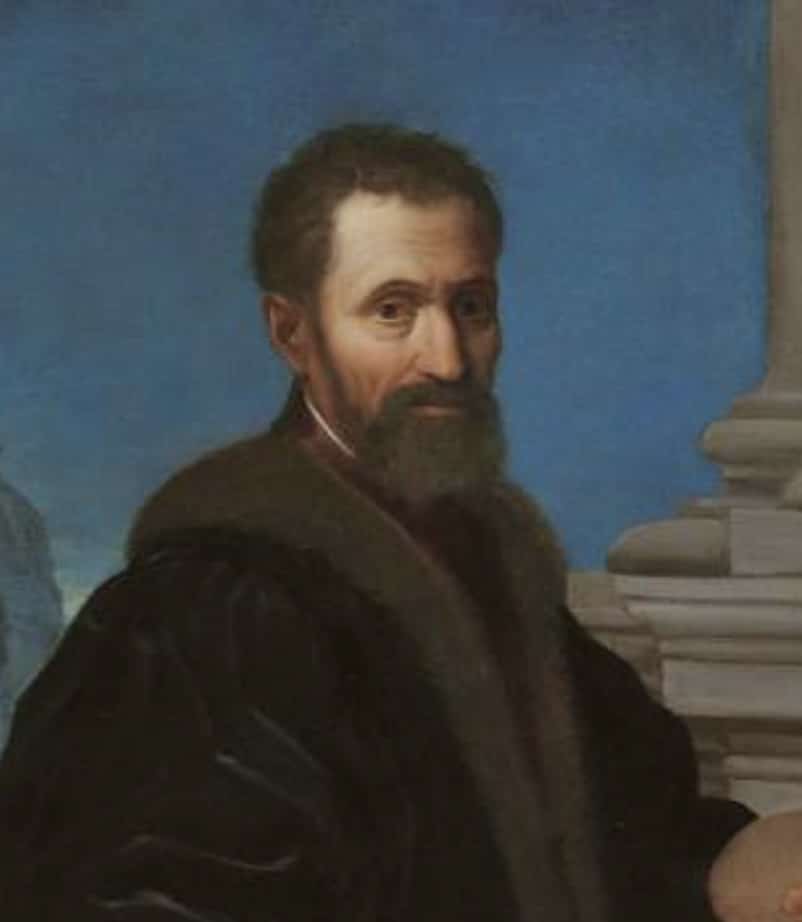
Michelangelo’s sculptures and frescoes, such as the Sistine Chapel ceiling, demonstrate the power of human emotion and physicality. His influence is evident in the works of modern figurative artists.
3. Raphael
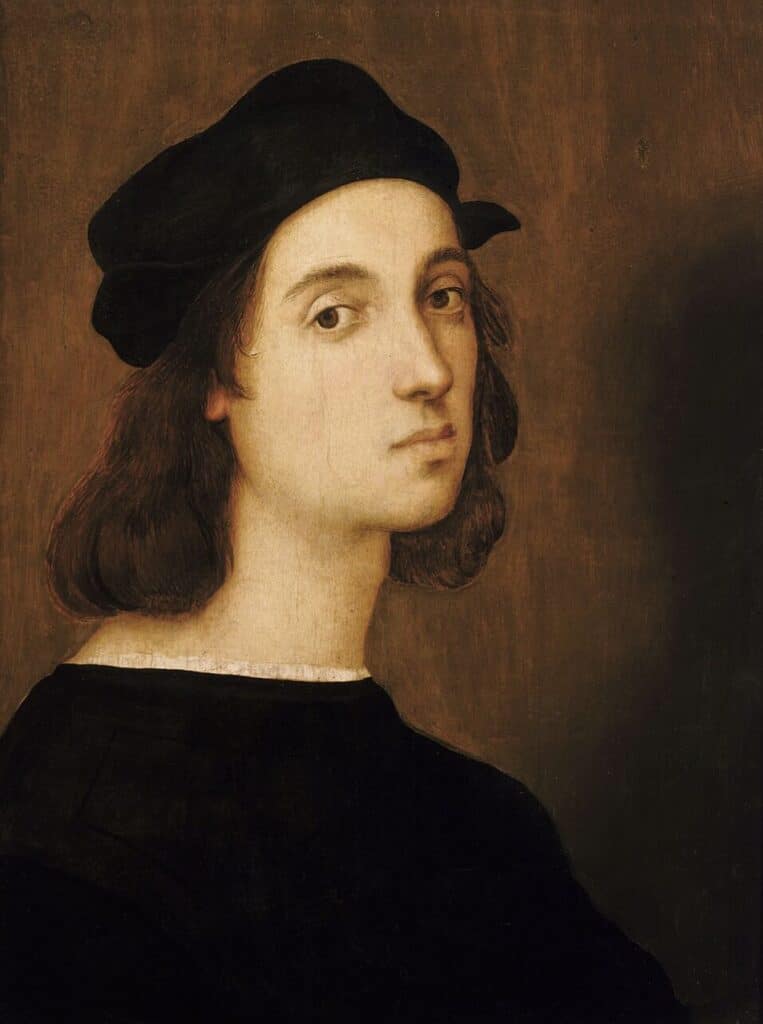
Raphael’s compositions and use of perspective continue to inspire painters and designers. His ability to create harmonious and balanced works remains a benchmark for artistic achievement.
4. Titian
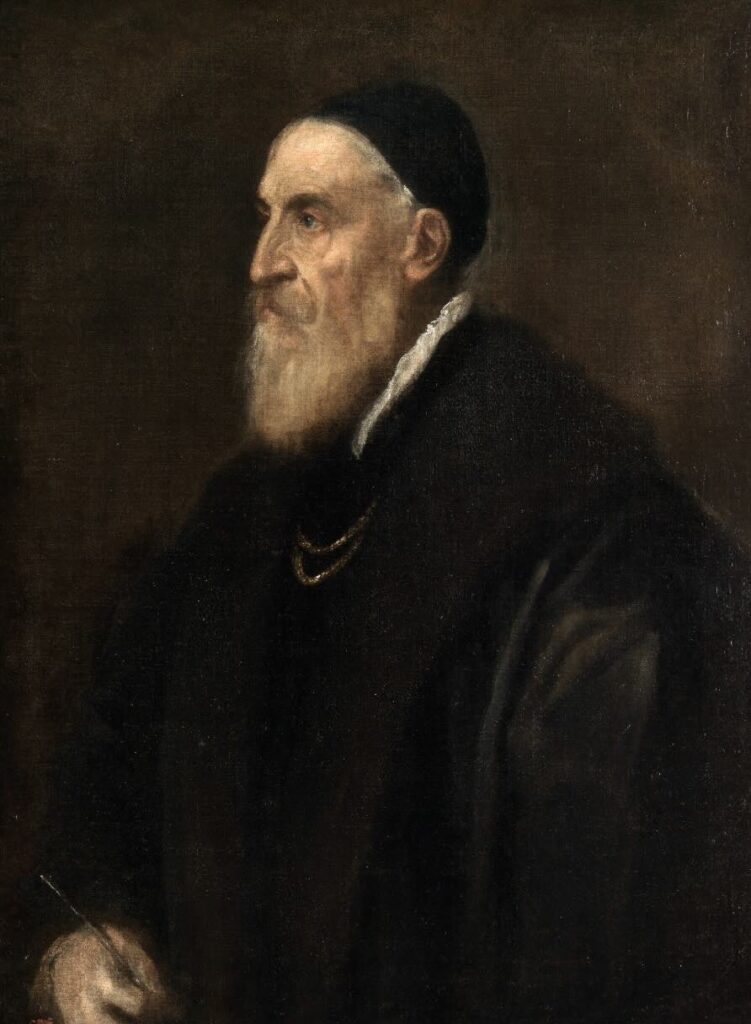
Titian’s use of color and texture revolutionized painting, influencing modern artists who experiment with materials and techniques.
5. Albrecht Dürer
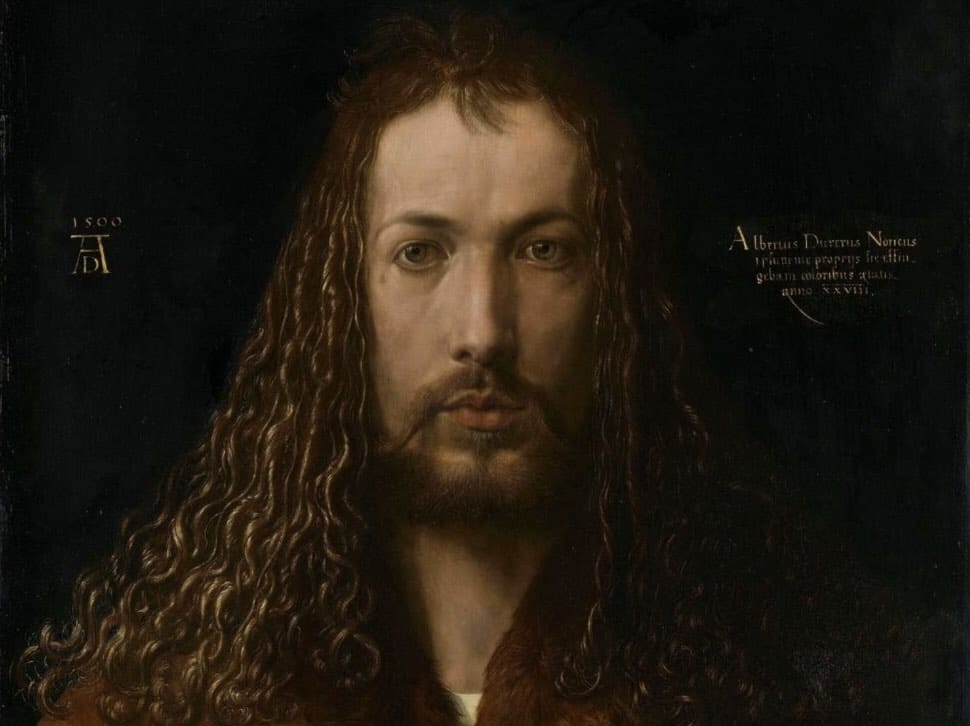
Dürer’s prints and engravings showcase the Renaissance’s emphasis on detail and craftsmanship, inspiring modern graphic artists and illustrators.
Renaissance Techniques in Modern Art
Many techniques developed during the Renaissance remain integral to modern art practices:
- Oil Painting: Renaissance artists popularized oil painting, allowing for greater detail and depth. This technique is still widely used by contemporary painters.
- Perspective: The use of linear and atmospheric perspective continues to shape how artists depict space and depth.
- Chiaroscuro: The interplay of light and shadow adds drama and realism to modern works, from photography to painting.
- Composition: Renaissance principles of balance and harmony influence the structure of modern artists’ works.
The Renaissance’s Influence on Art Movements
1. Baroque
The dramatic use of light and shadow in Renaissance art laid the groundwork for the Baroque movement, which emphasized emotion and theatricality.
2. Realism
Renaissance artists’ focus on realism inspired the 19th-century Realist movement, which sought to depict life as it truly is.
3. Impressionism
Renaissance innovations in color and light influenced Impressionist painters, who captured the fleeting effects of light and atmosphere.
4. Contemporary Art
Modern artists continue to draw inspiration from Renaissance themes, techniques, and interdisciplinary approaches, blending tradition with innovation.
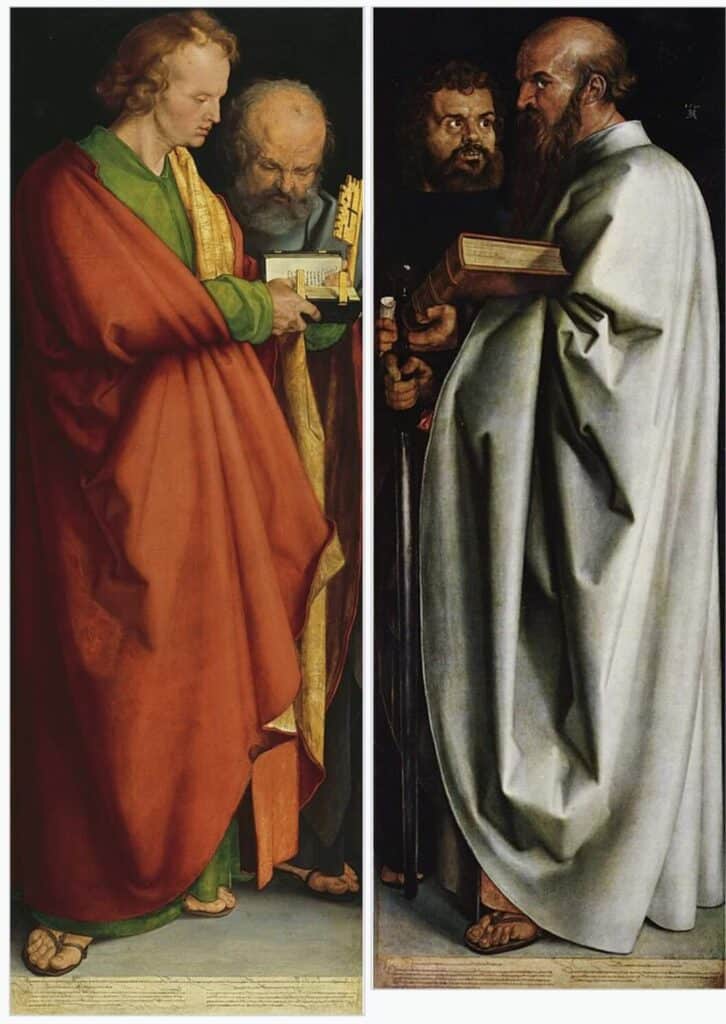
15 FAQs About How the Renaissance Influenced Modern Art
What Was the Renaissance?
The Renaissance was a cultural movement that emerged in Europe between the 14th and 17th centuries, emphasizing classical ideals, humanism, and artistic innovation.
Why Is the Renaissance Important in Art History?
The Renaissance marked a turning point in art history, introducing techniques like perspective, realism, and chiaroscuro that revolutionized artistic practices.
How Did Renaissance Art Influence Modern Realism?
Renaissance artists’ focus on accurate representation and human emotion laid the foundation for modern Realism, which seeks to depict life with authenticity.
What Is Linear Perspective, and Why Is It Important?
Linear perspective is a technique that creates the illusion of depth in art. Developed during the Renaissance, it remains a fundamental tool for modern artists.
How Did Renaissance Artists Study Anatomy?
Renaissance artists studied anatomy through dissections and observations, enabling them to depict the human form with accuracy and detail.
What Is Chiaroscuro, and How Is It Used Today?
Chiaroscuro is the use of light and shadow to create drama and realism. Modern artists use this technique in painting, photography, and film.
How Did the Renaissance Elevate the Status of Artists?
The Renaissance emphasized creativity and individuality, transforming artists from anonymous craftsmen into celebrated figures.
What Role Did Patronage Play in Renaissance Art?
Patronage was crucial during the Renaissance, with wealthy individuals and institutions commissioning artworks. This tradition continues in modern art.
How Did Renaissance Art Influence Architecture?
Renaissance principles of symmetry, proportion, and perspective shaped architectural design, influencing modern architecture and urban planning.
What Is Humanism, and How Did It Impact Art?
Humanism is the belief in the value and potential of human beings. Renaissance humanism inspired artists to depict the beauty and complexity of the human experience.
Which Renaissance Artists Are Most Influential Today?
Leonardo da Vinci, Michelangelo, Raphael, Titian, and Albrecht Dürer are among the Renaissance artists whose techniques and themes continue to inspire modern art.
How Did Renaissance Art Influence Modern Storytelling?
Renaissance art emphasized narrative and emotion, shaping the way modern artists tell stories through visual media.
What Is the Legacy of Renaissance Art?
Renaissance art’s innovations in technique, composition, and subject matter continue to influence artistic practices and inspire creativity today.
How Did Renaissance Art Influence Digital Art?
Digital artists often use Renaissance principles of perspective, realism, and composition to create immersive and visually compelling works.
Why Does the Renaissance Still Matter Today?
The Renaissance represents a period of artistic and intellectual awakening that continues to inspire innovation, creativity, and interdisciplinary thinking in modern art.
The Renaissance was a transformative period in art history, introducing techniques, themes, and ideas that forever changed the way artists approach their craft. From the development of perspective and realism to the elevation of the artist’s status, the Renaissance laid the foundation for modern art, influencing movements such as Realism, Impressionism, and contemporary practices.
By studying the Renaissance, we gain a deeper understanding of the origins of artistic innovation and the enduring power of creativity. Its legacy reminds us that art is not just a reflection of its time but a force that shapes the future, bridging eras and inspiring generations.
For art lovers and history enthusiasts, the Renaissance offers a wealth of inspiration and insight, proving that the pursuit of knowledge and beauty is timeless. Whether you’re admiring the works of Leonardo da Vinci or exploring contemporary art, the Renaissance’s influence is everywhere, reminding us of the enduring connection between past and present.
Anita Louise Art is dedicated to art education, great artists, and inspiring others to find and create their art. We love art that uplifts and inspires. #ArtToMakeYouSmile! #ArtToMakeYouHappy!
If you want to see any of my art, you can find out more by clicking here. If you are interested in what inspires me and my paintings, you can discover more by clicking here.
We have a free newsletter and would love you to be part of our community; you can subscribe to the newsletter by clicking here. If you have any questions, I would be happy to talk to you anytime. You can reach me, Anita, by clicking here.
Subscribe to our Anita Louise Art YouTube Channel with great videos and information by clicking here.
Join us for our podcast “5 Minutes With Art.” Spend just 5 minutes a week with us to discover and learn about great art and artists. You can find out more about our podcast by clicking here.
Related Questions
What Is The Cultural Significance Of Abstract Expressionism Art?
Abstract Expressionism was one of the art movements that really changed the way art was produced. The artists in this art movement changed how art was expressed and viewed.
The cultural significance of abstract expressionist art is that it was a forerunner for the cultural changes in the United States in the 1950s and 1960s. The Abstract Expressionism movement started after World War II in the 1940s and continued into the 1950s. The world saw significant cultural shifts in the 1950s and the 1960s.
By clicking here, you can learn more by reading What Is The Cultural Significance Of Abstract Expressionism Art?
What Is A Japanese Woodblock Print? Meaning, Process, History
I am fascinated by Japanese Woodblock prints. It is amazing how the Japanese woodblock artists execute their art using this woodblock technique.
A Japanese woodblock print is, as the name implies, a print that is made by using carved woodblock and applying ink on the woodblocks to print a design on paper. The Japanese woodblock artists used woodblocks to print artistic prints and even books. Artists have used the woodblock print technique in Japan for hundreds of years.
By clicking here, you can learn more by reading What Is A Japanese Woodblock Print? Meaning, Process, History.
What Does Conceptual Art Mean? The Conceptual Art Movement
The 1960s saw many different creative art movements emerge on the world art scene. One of these art movements that emerged from the mid-1960s to mid-1970s is the Conceptual Art Movement.
Conceptual art uses whatever materials, techniques, or form that the artist feels is most appropriate for the artist to get their artistic ideas across. Conceptual art can be almost anything from a display of objects to photographs to a performance. Almost anything goes with the Conceptual Art Movement.
By clicking here, you can learn more by reading What Does Conceptual Art Mean? The Conceptual Art Movement.

